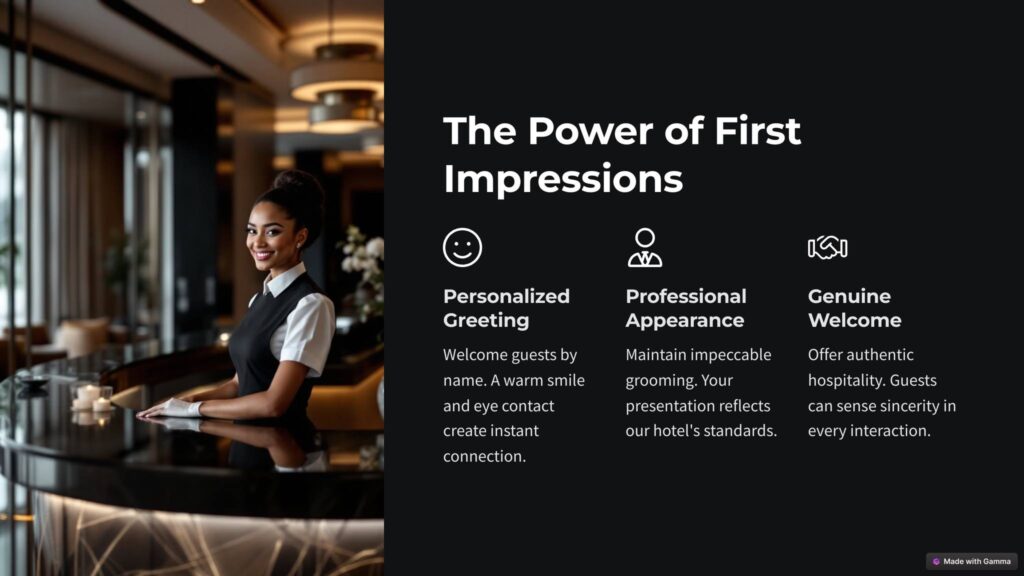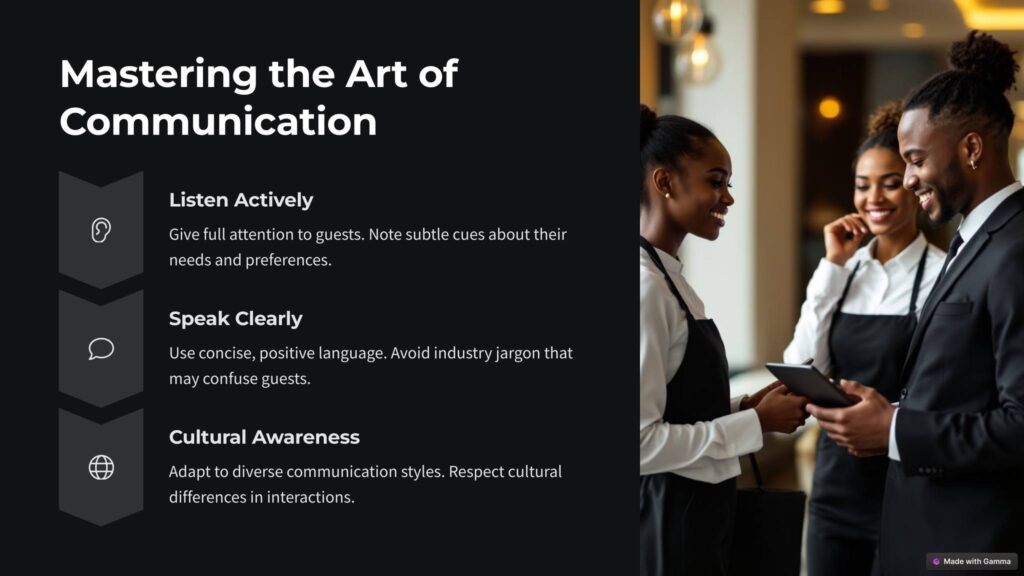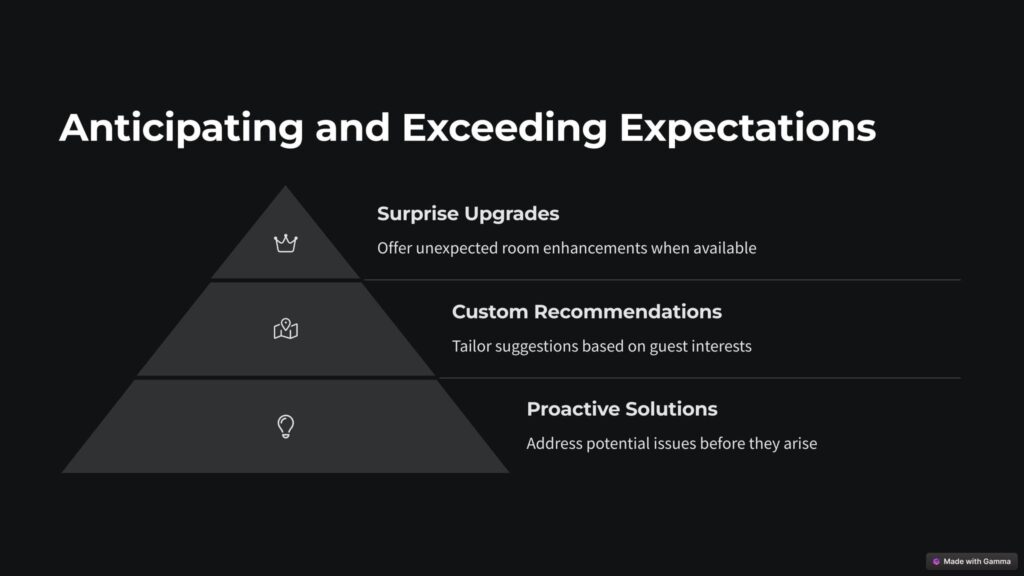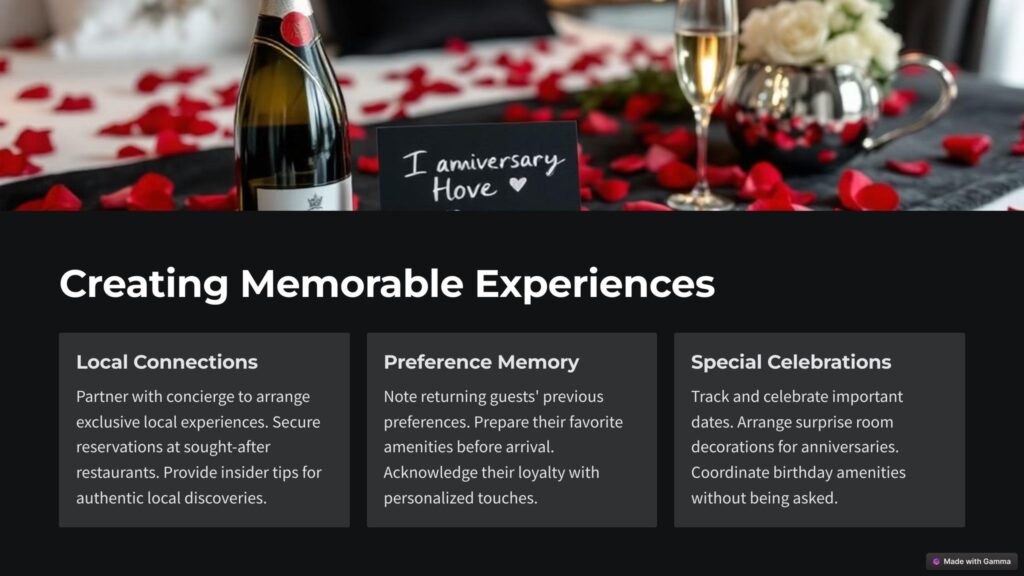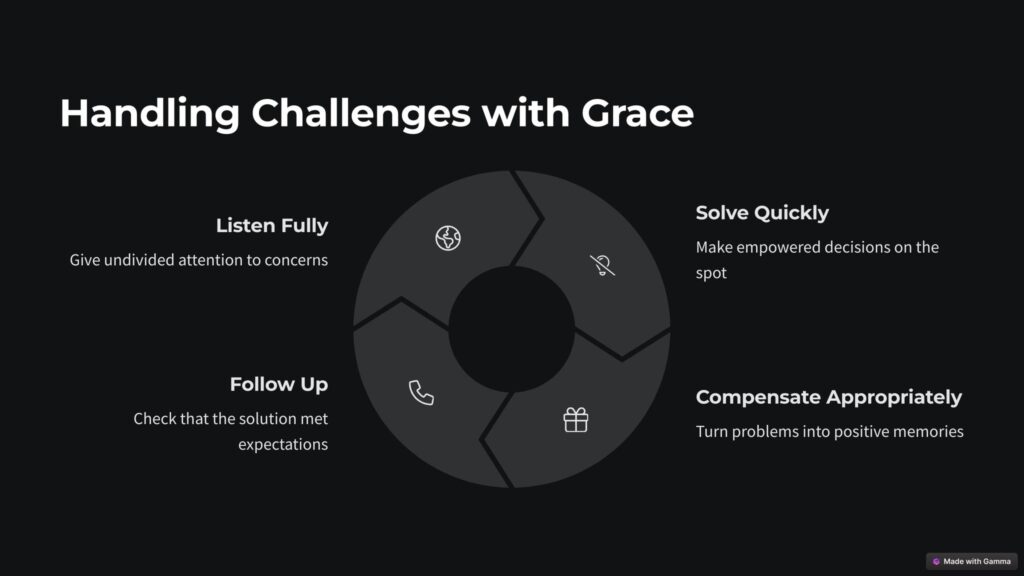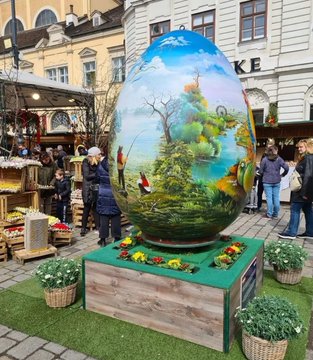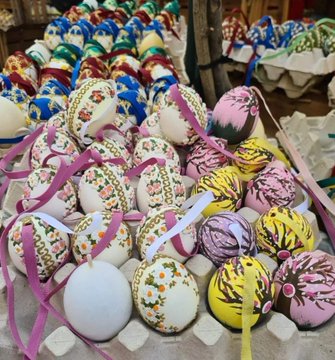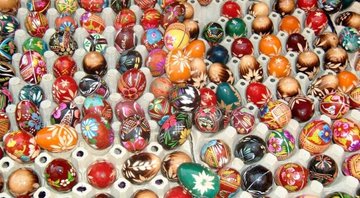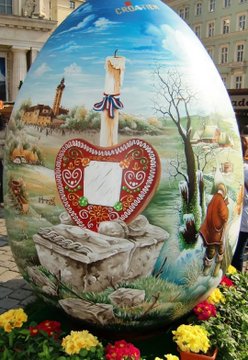Having enjoyed culinary delights created by Chef Reza a couple of times, former chef at the Kroya, I’ve also had the pleasure of enjoying Chef Chanrith’s delicious creations.
Chef Van Chanrith is the Executive Chef at Shinta Mani Angkor and Bensley Collection Pool Villas in Siem Reap, Cambodia. He is also the head chef at Kroya by Chef Chanrith, a restaurant known for serving traditional Khmer (Cambodian) food with a modern twist.
Chef Chanrith started his culinary career in 1999 and worked his way up through various kitchen roles, eventually becoming an executive chef. He focuses on keeping the authentic flavors of Cambodian cuisine while presenting them in a creative and modern way. He uses fresh, local ingredients and aims to highlight the true tastes of Cambodia.
At Kroya, guests can try dishes like beef lok lak with tender aged beef and a special village soup made with forest red ants. Chef Chanrith also offers cooking classes where guests visit local markets and learn how to prepare traditional Cambodian dishes.
Chef Chanrith is committed to sustainability. His kitchen recycles food waste and supports local farmers and charities.
Through his work, Chef Chanrith wants to bring Cambodian food to the world stage and share its rich flavors and history.
################################
Vocabulary
- A twist: A small change or something special added to make something different.
- Culinary: Related to cooking or food.
- To focus: To pay attention to something or make it the main thing.
- Authentic: Real or true, not fake or copied.
- Flavors: The taste of food or drink, like sweet, salty, or spicy.
- Cuisine: A style or type of cooking, often related to a specific country or culture.
- Ingredients: The things used to make a dish, like vegetables, spices, or meat.
- To aim: To try to reach or achieve something.
- Tender: Soft and easy to cut or chew.
- Aged: Something that has been kept for a long time, often to develop better taste or quality, like cheese or wine.
- To commit: To promise or decide to do something seriously.
- Sustainability: The idea of using things in a way that doesn’t harm the environment or run out of resources.
- Recycle: To use something again or turn waste into something useful.
- To support: To help or encourage something or someone.
- A charity: An organization that helps people or supports good causes.
- To share: To give part of something to others or let others enjoy it with you.
################################
Here are 10 statements about Chef Van Chanrith, with 5 correct and 5 incorrect ones
- Chef Chanrith is the Executive Chef at Shinta Mani Angkor and Bensley Collection Pool Villas in Siem Reap.
- He started his culinary career as a dishwasher at Shinta Mani Angkor.
- Chef Chanrith focuses on using local ingredients and preserving authentic Cambodian flavors.
- He is known for using only imported ingredients in his dishes.
- Chef Chanrith offers cooking classes where guests learn to prepare traditional Cambodian dishes.
- He worked as an executive chef at a Michelin-star restaurant in France before joining Shinta Mani.
- His restaurant, Kroya, serves a modern take on traditional Khmer cuisine.
- Chef Chanrith only focuses on Western-style food and has no interest in Cambodian cuisine.
- He supports sustainability by recycling food waste and donating it to local farmers.
- Chef Chanrith is not involved in any charitable activities.
_______________________-
Correct: 1,3,5,7,9
################################
10 multiple-choice questions based on the text about Chef Van Chanrith, with more than one correct answer in some cases:
- Where does Chef Van Chanrith work?
a) Shinta Mani Angkor
b) The Ritz-Carlton
c) Bensley Collection Pool Villas
d) The Shangri-La Hotel - What type of food does Chef Chanrith specialize in?
a) Traditional Khmer cuisine
b) Italian food
c) Fusion cuisine
d) Modern takes on Cambodian food - Which of the following dishes is associated with Chef Chanrith?
a) Beef lok lak with butter-aged tenderloin
b) Spaghetti Carbonara
c) Pouk Village Krek Soup with forest-harvested red ants
d) Sushi rolls - What does Chef Chanrith prioritize in his cooking?
a) Fast food
b) Local, sustainable ingredients
c) International flavors
d) Fusion of different cuisines - What is the name of Chef Chanrith’s restaurant at Shinta Mani Angkor?
a) Kroya
b) The Lotus Room
c) The Spice Kitchen
d) Tastes of Cambodia - Which of the following is true about Chef Chanrith’s cooking classes?
a) They focus on international cuisine
b) Guests visit local markets
c) He teaches guests to prepare traditional Cambodian dishes
d) The classes are only available at night - Chef Chanrith’s food philosophy is about:
a) Mixing different cuisines
b) Preserving traditional flavors while adding a modern touch
c) Using only imported ingredients
d) Focusing on French cuisine - What does Chef Chanrith do to support sustainability?
a) He donates used cooking oil to charities
b) He focuses on importing ingredients only
c) He recycles food waste
d) He uses disposable plastic for all packaging - Chef Chanrith worked in which of the following countries before becoming an executive chef?
a) France
b) Cambodia
c) United States
d) Thailand - Chef Chanrith’s cooking classes are designed to:
a) Teach guests about French cooking techniques
b) Focus on modern Western cuisine
c) Introduce guests to traditional Cambodian cooking
d) Help guests learn to cook using only meat
________________________________-
- Where does Chef Van Chanrith work?
Correct Answers: a) Shinta Mani Angkor, c) Bensley Collection Pool Villas - What type of food does Chef Chanrith specialize in?
Correct Answers: a) Traditional Khmer cuisine, d) Modern takes on Cambodian food - Which of the following dishes is associated with Chef Chanrith?
Correct Answers: a) Beef lok lak with butter-aged tenderloin, c) Pouk Village Krek Soup with forest-harvested red ants - What does Chef Chanrith prioritize in his cooking?
Correct Answers: b) Local, sustainable ingredients - What is the name of Chef Chanrith’s restaurant at Shinta Mani Angkor?
Correct Answer: a) Kroya - Which of the following is true about Chef Chanrith’s cooking classes?
Correct Answers: b) Guests visit local markets, c) He teaches guests to prepare traditional Cambodian dishes - Chef Chanrith’s food philosophy is about:
Correct Answers: b) Preserving traditional flavors while adding a modern touch - What does Chef Chanrith do to support sustainability?
Correct Answers: a) He donates used cooking oil to charities, c) He recycles food waste - Chef Chanrith worked in which of the following countries before becoming an executive chef?
Correct Answers: b) Cambodia, d) Thailand - Chef Chanrith’s cooking classes are designed to:
Correct Answers: c) Introduce guests to traditional Cambodian cooking
################################
Interview with Chef Van Chanrith
1. What is your job, Chef Chanrith?
I am the Executive Chef at Shinta Mani Angkor and Bensley Collection Pool Villas in Siem Reap, Cambodia.
2. What type of food do you cook?
I cook traditional Khmer (Cambodian) food with a modern twist. I try to keep the real flavors of Cambodia but present them in a new way.
3. How did you start your career?
I started my career in 1999. I worked in different kitchen roles and slowly became an executive chef.
4. What is your favorite dish to cook?
I love making beef lok lak with butter-aged tenderloin. It’s a classic Khmer dish that I like to make in a special way.
5. What makes your food different?
I focus on using fresh, local ingredients. I want to show the true taste of Cambodia and make food that is both delicious and sustainable.
6. Do you offer cooking classes?
Yes, I offer cooking classes. In these classes, guests visit local markets and learn how to cook traditional Cambodian dishes.
7. Why do you use local ingredients?
I use local ingredients because they are fresh and help support local farmers. It also makes the food taste better and helps the environment.
8. How do you support the environment?
I recycle food waste, and we donate used cooking oil to charities. I also try to use sustainable practices in the kitchen.
9. What is the name of your restaurant?
The name of my restaurant is Kroya. It is a restaurant that focuses on traditional Cambodian food with a modern touch.
10. What is your goal with your cooking?
My goal is to bring Cambodian food to the world and show people the true flavors and culture of Cambodia.
#############################
Answer in complete sentences
(do not forget the 3rd person ’s‘!)
- Does Chef Chanrith focus on using local ingredients, or does he prefer imported products for his dishes?
He focuses on……. - Does Chef Chanrith offer cooking classes where guests can learn traditional Cambodian dishes, or does he only focus on Western cuisine in his classes?
He offers……. - Does Chef Chanrith work at Shinta Mani Angkor, or does he work at a hotel in Phnom Penh?
- Does Chef Chanrith create modern takes on traditional Cambodian food, or does he only serve classic dishes with no changes?
- Does Chef Chanrith use fresh, sustainable ingredients, or does he buy ingredients that are not eco-friendly?
- Does Chef Chanrith support local farmers, or does he only buy from international suppliers?
- Does Chef Chanrith recycle food waste in his kitchen, or does he dispose of it in regular garbage bins?
- Does Chef Chanrith donate used cooking oil to charities, or does he throw it away?
- Does Chef Chanrith work in a Michelin-starred restaurant, or does he work at Shinta Mani Angkor?
- Does Chef Chanrith aim to bring Cambodian food to the world, or does he only focus on local Cambodian guests?
###############################
Ooopps, re-order the words again:
- He works Shinta Mani at He
- He ingredients local fresh uses
- classes teaches cooking He
- food recycles He daily waste
- Cambodian highlights His flavors food
__________________________
Correct sentences
- He works at Shinta Mani.
- He uses local, fresh ingredients.
- He teaches cooking classes.
- He recycles food waste daily.
- His food highlights Cambodian flavors.
##############################
Future chefs?
https://www.facebook.com/ShintaManiFoundation








